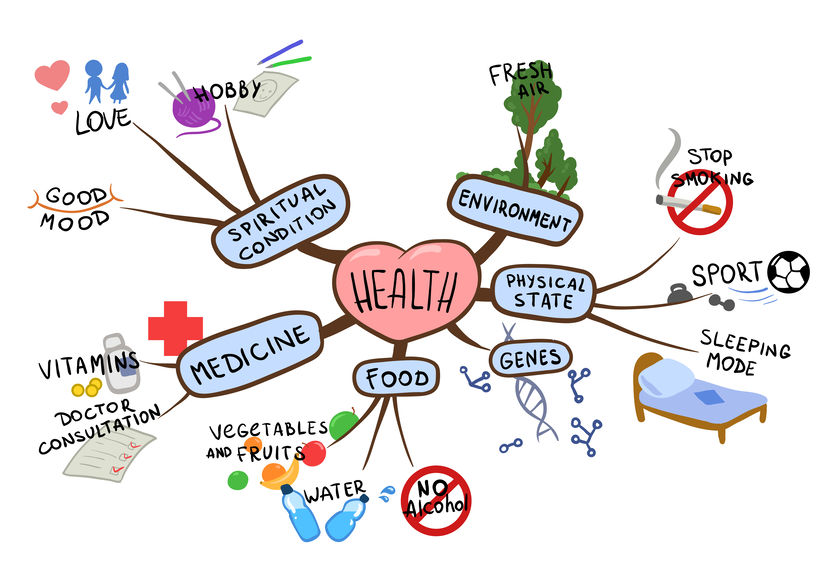This test is run by .
Note that your final mark will not be saved in the system.
Note that your final mark will not be saved in the system.
A1 Lifestyle factors Typeit
Target Level
C
Running Total
0
0%
Attempt
1 of 3
Type the correct answers into the spaces. Fill all the spaces before clicking ‘Check Answers!’

Lifestyle factors concern key areas around the way someone lives their life. They directly impact physical health as well as broader wellbeing. Lifestyle factors are modifiable, which means the individual has control over them. The most significant lifestyle factors that can affect health and wellbeing include:
- Nutrition – A healthy, diet that meets the recommendations for calorie intake will help promote a healthy body weight and reduce the risk of becoming overweight or . A diet high in salt can increase pressure and damage the artery walls. A diet high in saturated can add further stress to the arteries as it can result in the formation of atherosclerotic plaques which weaken the walls and increase their risk of bursting.
- Physical activity – Leading a physically active lifestyle can help reverse some of the physical health effects of an unhealthy . Physical activity improves the flow of blood through the arteries and helps flush them of deposits that accumulate on artery walls. The greatest possible benefit comes when physical activity is combined with a healthy, balanced diet. Physical activity is also helpful in improving other aspects of wellbeing due to the social and emotional benefits. These include an increase in feel-good such as serotonin, and the opportunity to make new .
- Smoking – smoke contains many harmful chemicals, such as nicotine, carbon monoxide and tar, that can affect different parts of the body. Smoking is the number one risk factor for cancer. It increases the thickness of blood, which in turn increases the risk of developing a blood (also known as a thrombus). It can also cause damage to the walls of the arteries, and reduce oxygen supply to the brain (causing a ), or reduce oxygen supply to the cardiac muscle of the heart through the coronary arteries (leading to a heart attack or causing coronary heart disease).
- Alcohol – Excessive alcohol consumption can result in unhealthy weight gain due to the amount of it contains. It can also increase blood pressure and the accumulation of fatty deposits on the , leading to a serious condition known as cirrhosis (scarring of the tissue), which causes irreversible damage if the organ is unable to function properly.
- Substance misuse – Using recreational drugs can place a heavy burden on emotional wellbeing. Common side effects include mental ill health, such as depression, anxiety and paranoia which all affect daily living. Substance misuse may also include the misuse of drugs such as anti-depressants, such as taking more than the recommended dose, making a person become drowsy and posing a serious risk to themselves and to others, say, for example, were they then to drive.